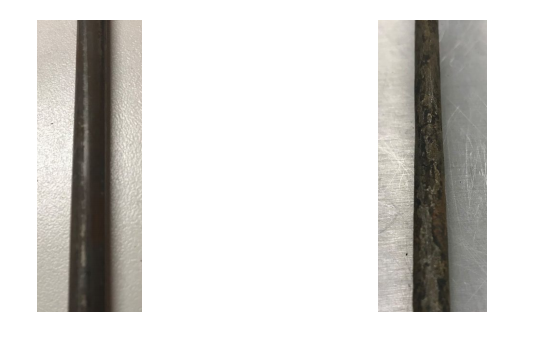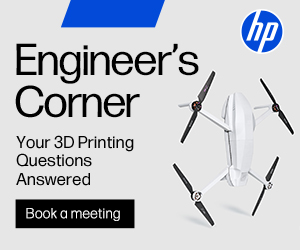3D Printed Formwork for Topology Optimized Reinforced Concrete Walls
In the recently published ‘Topology Optimized Reinforced Concrete Walls Constructed with 3D Printed Formwork,’ authors Triveni Mudaliar, Rémy D. Lequesne, and Matthew Fadden (all of The University of Kansas Center for Research, Inc.) continue where others have left off in exploring 3D printing in the construction industry.
In this study, the authors are focused on two areas of technology: 3D printing and computational topology optimization (a mathematical technique for optimizing structural geometry). In using the two together, the significant benefits include the ability to build structures that are lighter in weight, aesthetically and architecturally pleasing, and reduced in volume. The team built two small-scale sample structures to test the idea for their concept, specifically in using 3D printed formwork for use with complex reinforced concrete (RC) structures.
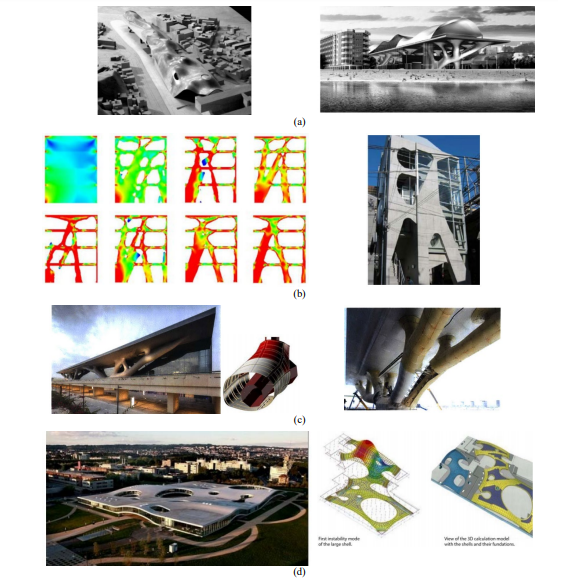
Examples of topology optimized structures constructed in (a) Blanes, Spain, 2002 (not constructed) (Januszkiewicz and Banachowicz, 2017); (b) Takatsuki, Japan, 2004 (Donofrio, 2016); (c) Doha, Qatar, 2008 (Jewett, 2018); and (d) Lausanne, Switzerland, 2008 (Januszkiewicz and Banachowicz, 2017)
Noting that computational TO allows for more efficient and ‘appealing’ structures, the researchers realize that the technology has so far continued to offer challenges within industries outside automotive and aerospace, due to the following:
- Challenges in building the irregular and non-linear designs that result from topology optimization
- Difficulty in applying TO algorithms, generally using homogenous materials to reinforced concrete (RC) structures
- Insufficient test data of topology optimized RC structures, resulting in limited knowledge of the behavior of optimized structures regarding stiffness, strength, and deformation
Rather than using other alternative techniques or avoiding use of formworks altogether, the authors suggest using a small 3D printer for creating formworks.

Topology optimized (a) UHPFRC slab with four supports (Jipa et al., 2016) and (b) PC beam testing under compression (Jewett and Carstensen, 2019)
“Several researchers have investigated different additive manufacturing techniques to efficiently build complex structures. These new emerging technologies may also speed up the process of construction. Currently, complex topology optimized structures could be directly built using either a D-shape process, contour crafting, or concrete printing,” stated the researchers.
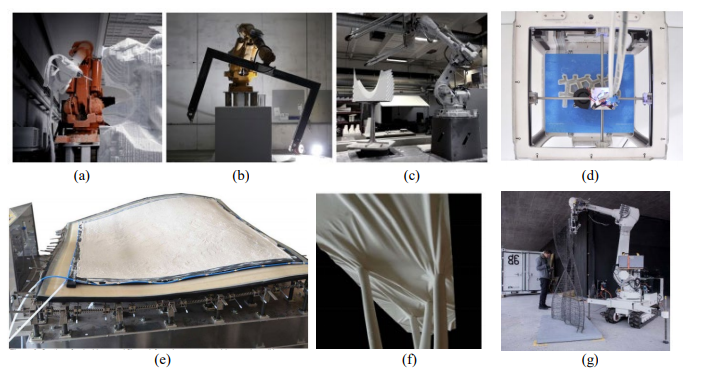
Equipment for fabrication of formwork (a) Robotic CNC Milling, (b) Robotic Hot-Wire Cutting, (c) Robotic Abrasive Wire Cutting, (Sondergaard et al., 2018), (d) 3D Printer (Peters, 2014), (e) 25-Actuator Based Flexible Molds (Raun and Kirkegaard, 2014), (f) Flexible Fabric Formwork (Hawkins et al., 2016) and (g) Mesh Mold which uses uniform reinforcement of RC members as formwork and the concrete is placed inside the mesh (Hack et al., 2017)
During experimentation, the researchers built a control wall (CW) and an optimized wall (OW) as samples meant to show the potential for creating the formwork via 3D printing.
“Both specimens were constructed with base and top blocks. The base block simulated the foundation of a structural wall and was used to secure the wall to the strong floor of the structural laboratory,” stated the researchers. “A 55-kip hydraulic actuator was connected to the top block to apply lateral loads. The lateral force was applied at an elevation of 60 in. above the base block, resulting in an aspect ratio of 4 for both walls.
“The control specimen was designed so its lateral strength would be limited by flexure using concrete with a target compressive strength of 6,000 psi and Grade 36 reinforcement. Flexural reinforcement consisted of ten No. 2 bars in each of the boundary elements near the edges of the wall. Vertical web reinforcement consisting of two 12-gauge wires (diameter of 0.106 in.) at a 3 in. spacing also contributed slightly to the wall flexural strength.”
The base and top blocks were cast with standard concrete, while the optimized wall was cast with high-strength concrete bearing a strength of 12000 psi. This mixture was meant to offer greater strength along with making up for the section loss—due to openings.
PLA was used in the fabrication of the formwork for the optimized wall.
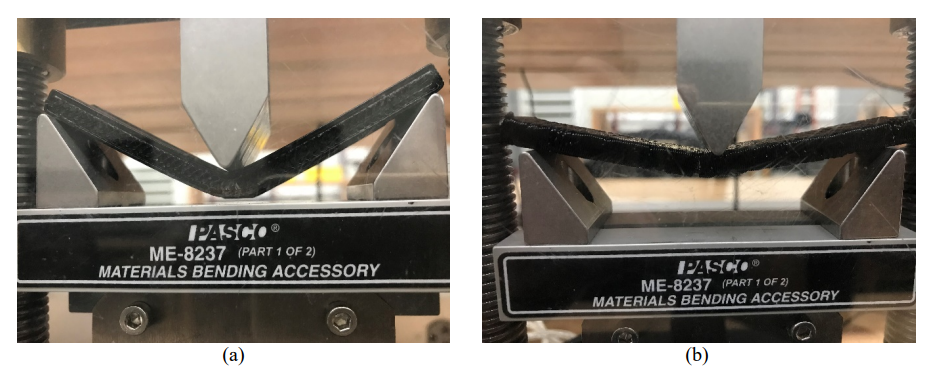
3D printed test specimens under three-point bending test. Specimen printed so the joint between layers was (a) in the vertical plane parallel to the longitudinal axis and (b) in the vertical plane perpendicular to the longitudinal axis
A 3D printer with 16×16 baseplate and total printing height of 21 inches was used for fabricating the optimized wall:
“A uniform formwork wall thickness of 0.125 in. was used throughout. The dimension was selected based on initial trials. The thickness was also selected such that the volume required to print one subpart of formwork was less than the volume of a spool of Polylactic Acid (PLA), the material used to print the formwork.”
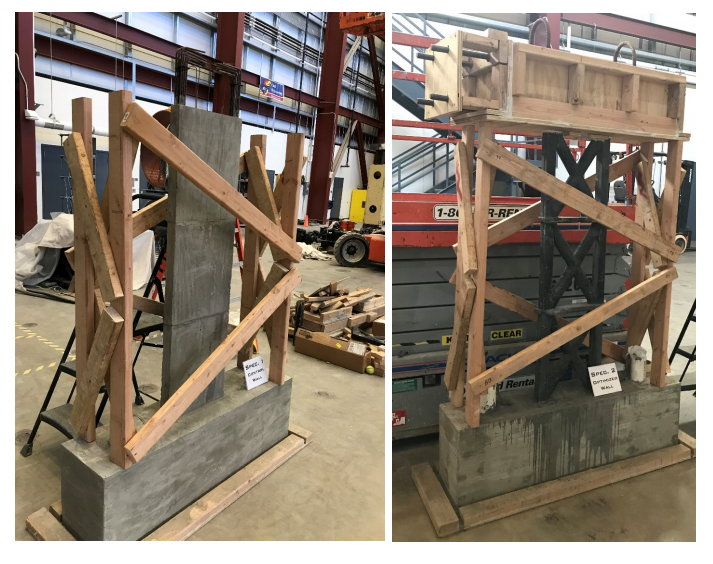
Support structure/falsework and formwork for top block in control (left) and optimized walls (right)
One of the most serious constraints in the optimization of the RC structures was that the researchers found they could not use reinforcing bars for the sample used for optimization.
“These features of the algorithm were accommodated by using a rule of mixtures to define the stiffness and density of an effective composite material in the models used for analysis. However, this approach does not provide for a fully optimized composite system. It is reasonable to expect that an algorithm which somehow considers the presence of discrete reinforcement would produce a different optimized geometry,” concluded the researchers.

Principal strains at 6-kip lateral force in optimized sections designed to have strengths of at least 6 kips with volume ratios of (a) 0.51, (b) 0.65, (c) 0.74, (d) 0.84, and (e) 0.92 (element type C3D10, 0.5 in. mesh size)
“Future work could be aimed at producing optimized geometries for reinforced concrete structures subjected to loads beyond those required to cause concrete cracking or yielding of the reinforcement. A challenge for topology optimization of RC structures is not being able to include the use of discrete reinforcing bars in the model and having to use linear material properties. These features of the algorithm were accommodated by using a user defined composite material to define the rigidity and density of an equivalent material in the models used for analysis. However, this approach does not provide for a fully optimized composite system after cracking and yielding because reinforcement placement and the redistribution of stresses associated with cracking are not considered during the optimization process. It is reasonable to expect that an algorithm which somehow considers the presence of discrete reinforcement and concrete cracking would produce a different optimized geometry.”
3D printing in construction today continues to be a source of study and furthered development as researchers and builders around the world fabricate homes, offices, and concrete structures. What do you think of this news? Let us know your thoughts! Join the discussion of this and other 3D printing topics at 3DPrintBoard.com.
[Source / Images: ‘Topology Optimized Reinforced Concrete Walls Constructed with 3D Printed Formwork’]Subscribe to Our Email Newsletter
Stay up-to-date on all the latest news from the 3D printing industry and receive information and offers from third party vendors.
Print Services
Upload your 3D Models and get them printed quickly and efficiently.
You May Also Like
Billion Dollar Bambu and a New Worldview?
Imagine for a moment that Bambu Lab sells 2.7 million 3D printers this year. If their average ticket price is $350 and they generate $75 million in filament sales, their...
Iradion’s Role in 3D Printing’s Laser Revolution
Additive manufacturing (AM) thrives on precision and reliability, especially as it moves from prototyping to full-scale production. Iradion Laser Inc., a Massachusetts-based company, is stepping into the 3D printing industry...
MX – Machining Transformation: Revolutionizing Manufacturing with Additive Technologies
The machining industry is experiencing a profound transformation, propelled by four key trends: Process Integration, Automation, Digital Transformation (DX), and Green Transformation (GX). Central to this evolution are Additive Manufacturing...
3D Systems Sells Geomagic Software Division to Hexagon AB
Additive manufacturing (AM) stalwart 3D Systems (NYSE: DDD) has announced the sale of its Geomagic assets to Swedish software giant Hexagon AB for $123 million. The deal includes Design X,...




